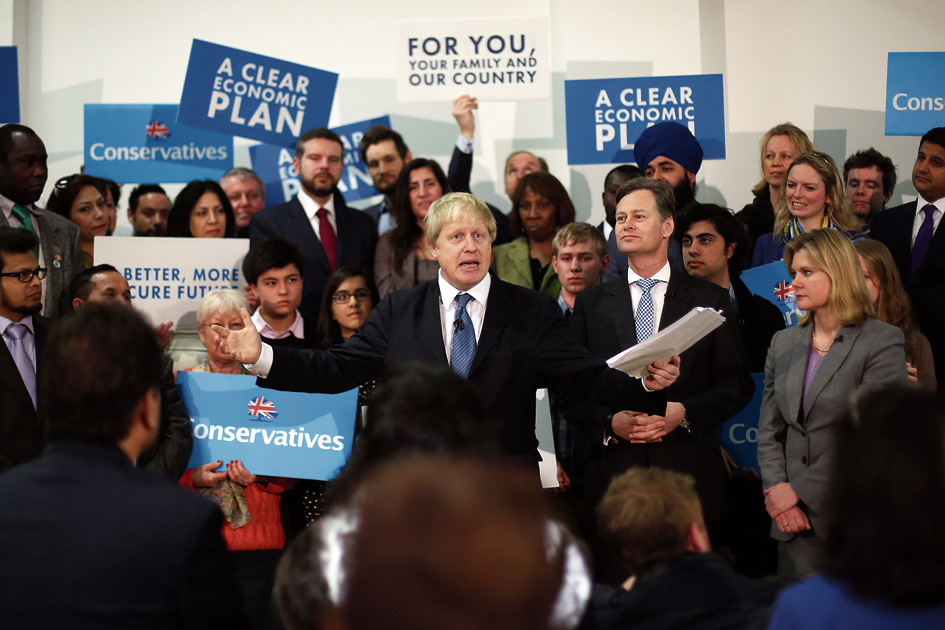Can the Conservatives ever win back London?

The Conservatives hung onto a leafy, traditionally blue seat with less than 500 votes, if they can’t convince the suburbs of London, can they ever win its heart in an election?
The narrow result in the recent Uxbridge by-election has emboldened the Tories and sent Labour into a crisis of confidence. This is more driven by pre-election expectations than the reality of the result. On a broader reading, the Conservatives should be concerned about how poorly they performed in Uxbridge and what it indicates about their declining popularity in London.
Sneaking through in Uxbridge by fewer than five hundred votes only seems like a win because of the current state of the party. Boris Johnson’s former seat was a safe one. It and its predecessor seats have been solidly blue since 1970. Johnson himself held it by more than 7,000 votes. To scrape it by less than 2 per cent of votes cast is a narrow escape, not a convincing win. Labour can still expect it to turn at the general election when turnout is higher and Conservative resources spread more thinly.
That the Tories are faring so badly in outer London seats should make the party really worry about its wider position in the capital. Uxbridge is the sort of seat that ought to be comfortable Tory. It is largely affluent and suburban and voted heavily in favour of Leave. Seats like this were the bedrock of Boris Johnson’s “doughnut” strategy to win the mayoralty, and failing here indicates that the Tories are really struggling in the capital.
This is born out by the polling. Recent figures suggest Labour have a commanding lead in London, nudging close to sixty percent vote share. Fewer than twenty percent of Londoners intend to vote Tory at the next general election. This could lead to a catastrophic performance in the capital for the Conservatives.
Now the Tories hold three central London seats synonymous with financial heft – Kensington, the Cities of London and Westminster, and Chelsea and Fulham. All three-look set to shift to another party in the next election. So too will many of the richer seats on the periphery of the city. Some predictions show the party holding only a handful of their twenty-one current London seats, those that stick into Kent and Surrey and have majorities of over twenty thousand. This would be a far worse result in the capital than in 1997.
London’s politics has shown a remarkable decline for the Tories. In 1992, they held 41 of the capital’s seats. In 2019, even though they had a bigger national majority, they retained just 21. The party has only won two of the capital’s six mayoral elections and now controls only six London borough councils.
This is perhaps unsurprising. London is younger, more diverse and has fewer homeowners than the rest of the country – pushing heavily into demographics that don’t vote Tory. Yet the party cannot simply dismiss this underperformance. It represents a significant long-term challenge for them.
London has such a significant block of seats that it is hard to win without a decent performance there. Losing traditional Tory parts of the capital means they have to pick up seats elsewhere. Equally, the Londoners of today are likely to flow out into the Home Counties in future, while the rest of the electorate will start to resemble London, both socially and culturally. Writing off these demographics today will make it harder to win in the future.
Uxbridge’s result was a lucky escape for the Conservatives, but celebrating it masks a bigger problem. The party has become increasingly alienated from the capital, both on its policy offerings and its outlook. This is reflected in electoral trends and could lead to devastating results in the next general election. Becoming so electorally disconnected from the capital could be a real challenge for the party, and raises big questions about how in-step they remain with Britain’s future.
